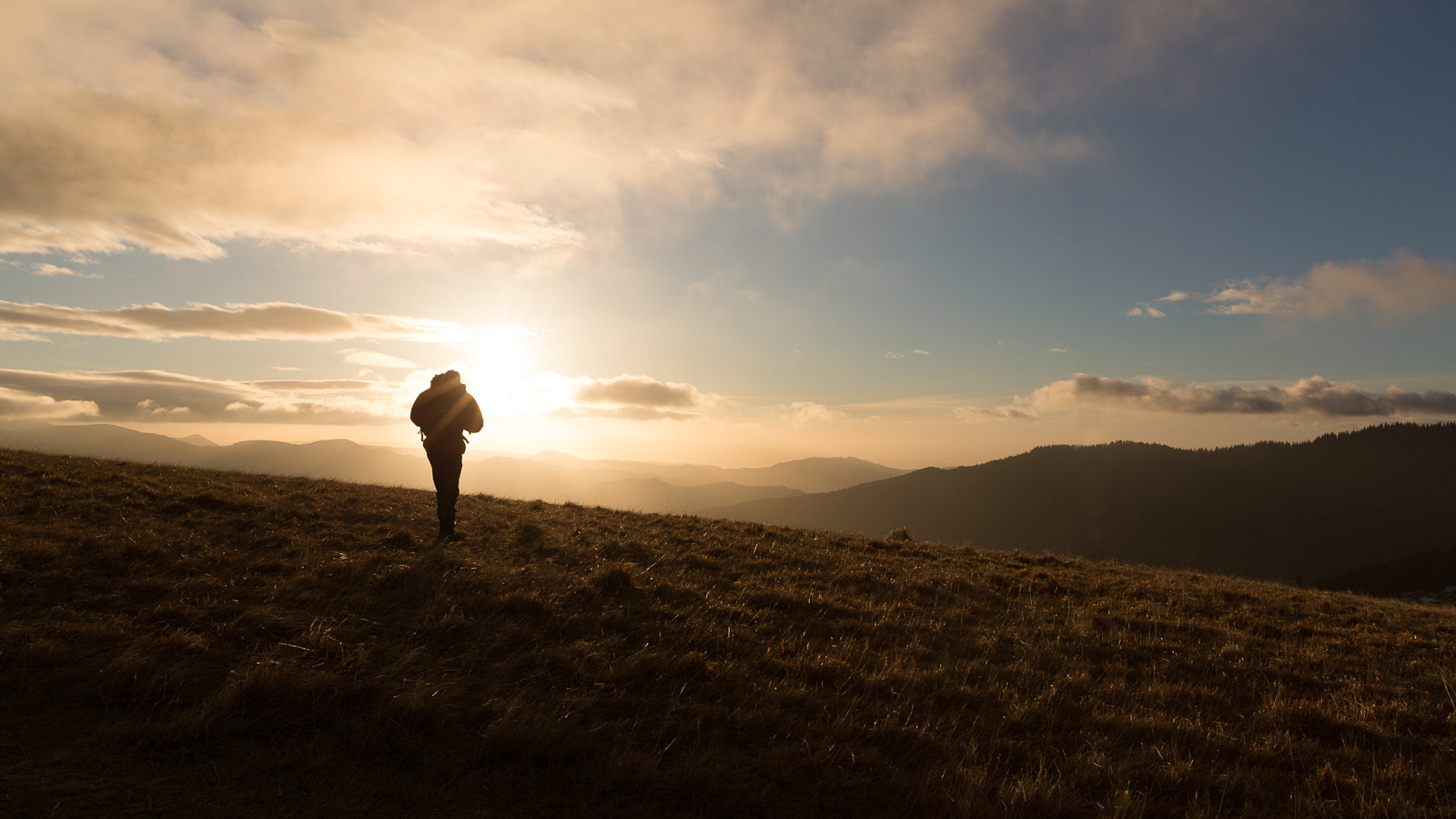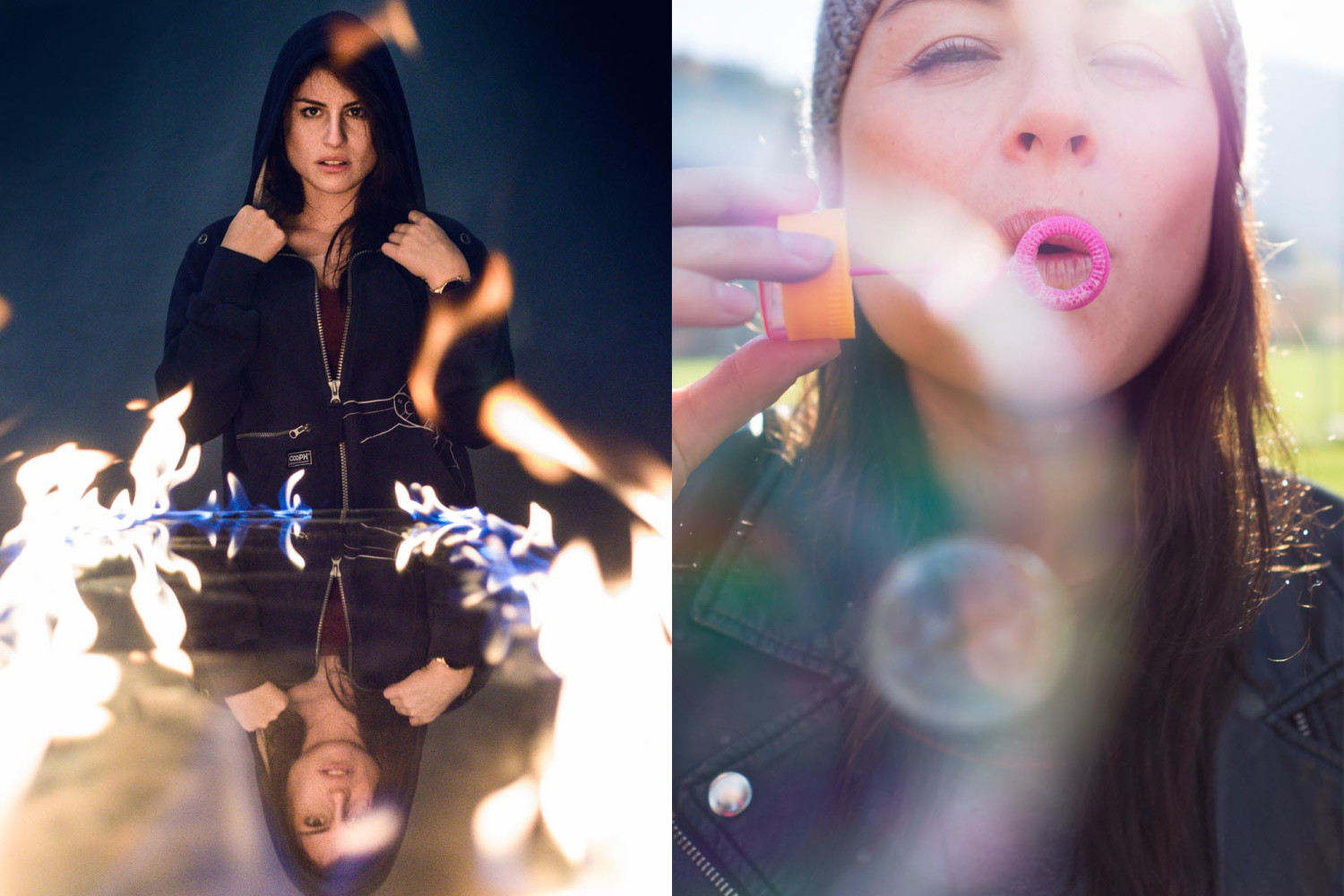Matej Sokol is a self-taught hobbyist who loves nature, mountains, and travel. To see more of his work, give him a follow on 500px.
I’m not a pro photographer, maybe just an average hobbyist who has found lots of great tips, tutorials, reviews, and inspiration on 500px ISO and many other photo related sites, forums, and galleries. However, most of these articles are written by people who have deep knowledge of photography… they do it for their living.
What I’d like to share as an amateur is how I got into photography, what mistakes I made, and some things that helped me a lot from my point of view—the hobbist one.
1. Get the right camera
This is the point where our story begins: the camera. Some of us were given our first cameras, some started with mobile photography, and some knew they want to buy DSLR right away. I’ve read many articles in which renowned photographers state that gear is not so important—that you have to be perceptive, have good eye for composition, correct exposure and so on… let’s call it skill and talent.
I don’t dare say they are wrong, but from my point of view gear matters, and matters a lot, especially for beginners.
Yes, buying the shoes Usain Bolt is using does not guarantee that you will run like he does. But if you buy the wrong ones, your feet may end up in so much pain you give up running entirely. Why do I think this applies to photography as well? I’ve seen many beginners disappointed with their cameras, not using them because they’re too heavy to carry around, or too difficult to understand, or too expensive to use them at this or that occasion.
Megapixels and sensor size are not the only thing that counts. Sometimes an older, cheaper model can work better for you because the controls fit you better, it’s lighter, and does not have distracting features that you’ll never use or can be easily reproduced in post-processing.
The trick is to think a little bit ahead when choosing you first camera, but not too far. How, why, and when you want to use your camera? Do you want to carry it lot? Do you need interchangeble lenses? What about ergonomics, does it fit your hand well? Do you need camera able to withstand rough conditions because you want to use it on your adventures, or is plastic body just fine?
Buy the camera you will use, not the camera you think you need or they try to sell you in the shop. And, of course, always try to take some pictures with it before buying one.
2. Become friends with it
Ok, you just got your camera, nice! For many, now comes the disappointment. Why? Because the better the camera you buy, the fewer things it does for you. You have to make it work, and work like you want it to work.
I was in the same situation: my first real camera was DSLR, quite a jump from mobile, and suddenly my photos lacked vibrance—they all came out somewhat dull and grey-ish. My camera had many features and settings I didn’t understand, so I went trough manual, Googled for answers, or asked on forums.
There are many people out there willing to help you with almost any technical question you have about your camera.
The next step? Get some technical background on how your camera works. I’m a technical type of person, I’m willing to take the time to find out how things work, and one invaluable source of information I found on web is the Cambridge in Color page, where everything from basic concepts of photography to color management is described.
Try to shoot in Av or M mode, learn what exposure compensation is and when to use it. Have a look at The Zone System and learn to read a histogram. It’s free, and it will help you a lot.
3. Snap photos, take photos, create photos
Simply said: if you really want to improve in something, you just have to go out and do it… and do it a lot. It’s nice to talk about it, it’s nice to read about it, but nothing can replace experience.
Don’t take only snapshots, I did that at first and I ended up with tons of snapshots from my trips, but I quickly realized that I didn’t need a fancy DSLR for these kinds of photos. I wanted to improve.
Try to think about the technical side of photography at least a little bit while you’re out shooting. Learn composition, learn to read the light, and wait for your decisive moment. It can come at any time: sometimes it’s sunrise, other times a man crossing the screen. The more you practice, the more prepared you will be to capture it.
4. Learn to do magic in post
Shoot raw whenever possible. This has been said many times before by many people more qualified than me, and it will be said again and again. It opens the door to fully post-processing your photos.
Get Lightroom and Photoshop or another photo editing application, the price is really low compared to cost of lenses, cameras, tripods, and other gear, and yet in digital photography more than half of the process is often done on your computer, behind the screen.
Oh, and if possible, get fast computer. There is nothing more depressing than having to wait ages for changes to be applied. Be patient, try more post-processing workflows, experiment, learn new tricks online, and then USE THEM.
5. Find inspiration
Join photo a sharing site. Browse photos in the Popular section and Editors’ Choice, or seek out the work of photographers who inspire you. Do it often.
Personally, I find it relaxing to go trough tons of amazing photos here on 500px. In fact, this was the reason I joined the site. You will learn that there is always something to improve on, something new to try, or something new to experiment with.
You can even stop your favorite movie scenes and check for how the composition, lighting, colors, and shapes form the scene.
Then share you own work.
6. Get feedback
Ask friends who are into photography, ask people whose work you admire, and most of all join a photo club, photo session, or course.
When thinking about joining photo course, check the work of your lecturers. If you like it, give it a go. I did, and got the kind of advice no one ever thinks to comment on your uploads—it’s more personal and more subtle.
Listen to this advice, think about it, apply it, but don’t lose your own photographic voice in the process.
7. Enjoy it
Just do : )














Leave a reply